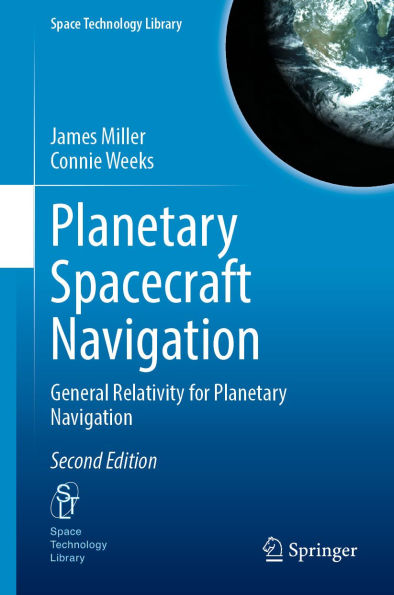In this new edition, the authors James Miller and Connie Weeks dive deeper into how computer programming has assisted with planetary spacecraft navigation; evaluating real-world results and relying on complex mathematical theory to observe advancements made in this rapidly accelerating field.
This textbook introduces the theories and practical procedures used in planetary spacecraft navigation. Written by a former member of NASA's Jet Propulsion Laboratory (JPL) navigation team with his co-author, it delves into the mathematics behind modern digital navigation programs, as well as the numerous technological resources used by JPL as a key player in the field.
In addition, the text offers an analysis of navigation theory application in recent missions, with the goal of showing students the relationship between navigation theory and the real-world orchestration of mission operations.
In this new edition, the authors James Miller and Connie Weeks dive deeper into how computer programming has assisted with planetary spacecraft navigation; evaluating real-world results and relying on complex mathematical theory to observe advancements made in this rapidly accelerating field.
This textbook introduces the theories and practical procedures used in planetary spacecraft navigation. Written by a former member of NASA's Jet Propulsion Laboratory (JPL) navigation team with his co-author, it delves into the mathematics behind modern digital navigation programs, as well as the numerous technological resources used by JPL as a key player in the field.
In addition, the text offers an analysis of navigation theory application in recent missions, with the goal of showing students the relationship between navigation theory and the real-world orchestration of mission operations.

Planetary Spacecraft Navigation: General Relativity for Planetary Navigation

Planetary Spacecraft Navigation: General Relativity for Planetary Navigation

Product Details
| ISBN-13: | 9783031719820 |
|---|---|
| Publisher: | Springer-Verlag New York, LLC |
| Publication date: | 06/05/2025 |
| Series: | Space Technology Library , #45 |
| Sold by: | Barnes & Noble |
| Format: | eBook |
| File size: | 47 MB |
| Note: | This product may take a few minutes to download. |
